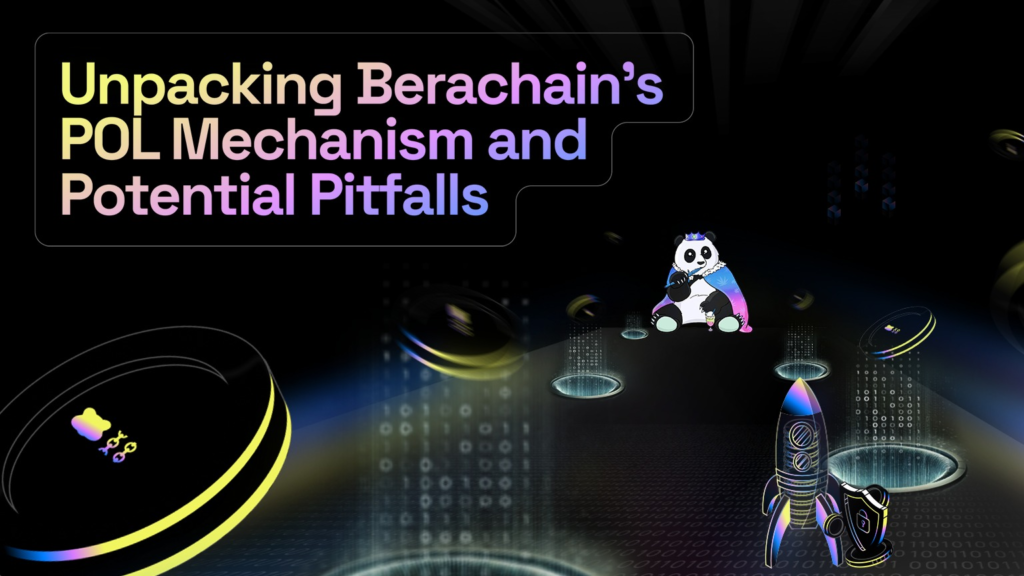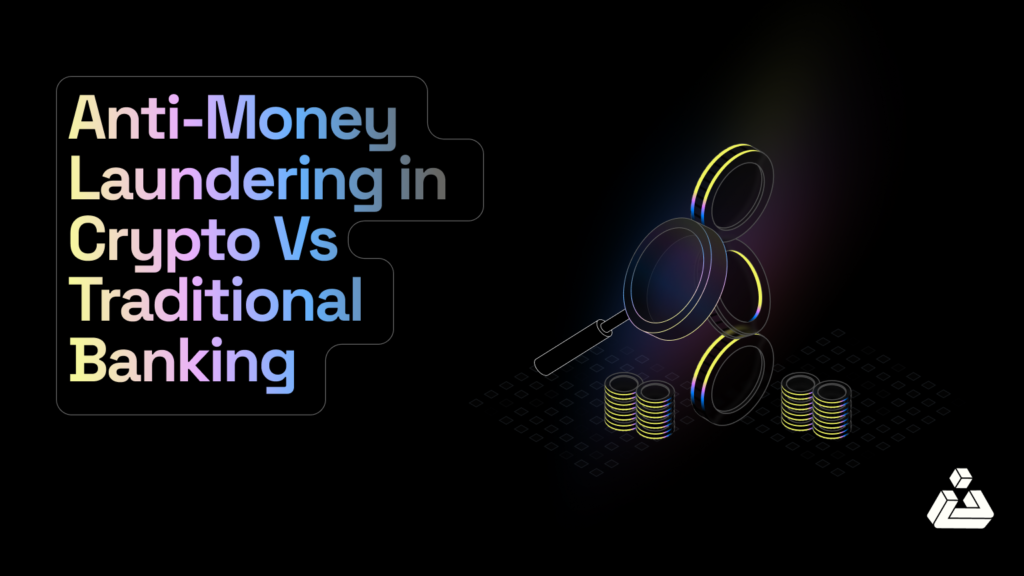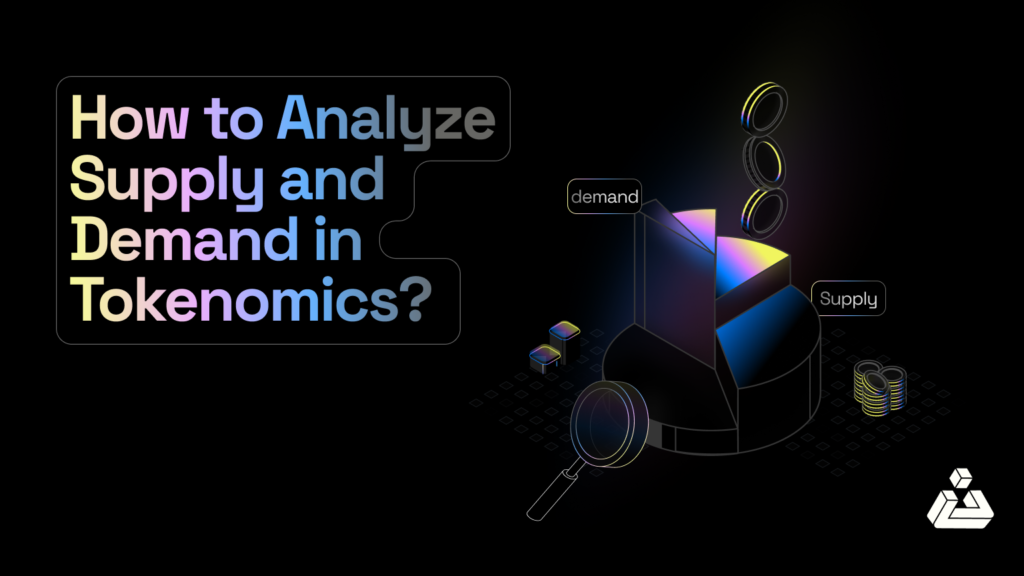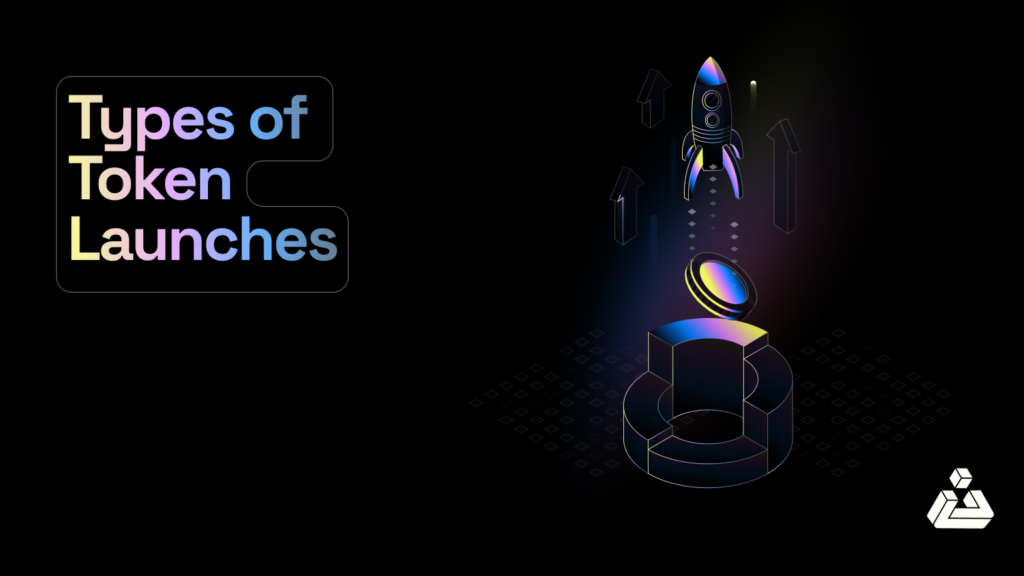Introduction
Consensus algorithms are undoubtedly a major building block of blockchain technology. By definition, a single party cannot control the operation of a blockchain network, so it relies on consensus algorithms to achieve common agreement. At its core, such an algorithm works to ensure that every new block added to a blockchain is the one and only version of the truth- resulting in a digital ledger that is both indisputable and decentralized.
Though there are many different consensus algorithms employed by blockchain networks today, the very first was proof of work. Proof of work, made popular by Bitcoin, is a consensus algorithm. Users must perform significant work to add a new block. This method requires extreme computational power. Thus, manipulating the blockchain becomes nearly impossible for individuals. It results in a highly secure blockchain.
For years, proof-of-work consensus algorithm was considered to be unmatched in terms of security, reliability, and economic feasibility- employed as the consensus algorithm for hundreds of successful blockchains. What no one expected, however, was the disastrous global impact that proof-of-work was going to bring to our environment in the near future. Today, research shows that the amount of energy expended by Bitcoin is 134.7 TWh per year- a figure which is more than the annual energy usage of 159 countries.
Before we attempt to break down its journey from ingenious to disastrous, let us first discuss the technical working behind proof of work.
How Proof Of Work Works
The blockchain arranges transactions into blocks, with each block referencing the hash of the preceding one to maintain a chain. Special nodes, called miners, approve transactions and arrange blocks to prevent manipulation. They use vast computational power to solve complex puzzles. The solution is a new block’s hash. Often, finding this hash involves guesswork. Miners may explore over a trillion possibilities to find the correct answer. Needless to say, it is incredibly grueling work.
Block rewards incentivize miners to spend their time and energy searching for the next block. A miner who successfully solves the mathematical puzzle typically receives a certain amount of cryptocurrency as a reward. For Bitcoin, the current reward is 6.25 BTC, equivalent to roughly $40,602 for successfully mining a single block. As a blockchain network expands, finding the valid hash gets harder, increasing computational power use for the large block reward.
Consensus algorithms, like proof of work, mainly prevent double spending. They ensure no user spends money twice. Without central oversight, networks use proof of work for consensus on legitimate transactions.
A Successful Start
Proof of work systems have existed long before blockchain was a thing, with the concept first being addressed in an academic essay titled “Pricing via Processing or Combatting Junk Mail” in 1992. Here, the notion of a relatively difficult computational problem was introduced, which would serve the goal of deterring spammers from sending out unsolicited messages to users on the internet.
A few years later, the same concept was introduced as the algorithm behind an anti-spam tool known as “Hashcash”. This protocol also included a reference to the concept of “double spending protection”, leading the founder of Bitcoin Satoshi Nakamoto to cite Hashcash as an inspiration for the proof-of-work implementation in Bitcoin.
Since then, proof of work has become the most commonly used consensus algorithm in the blockchain world. According to data collected by coinmarketcap, 169 blockchains currently implement proof of work, with the list including top names like Bitcoin, Ethereum, Dogecoin, Litecoin, and Zcash.
It is also important to note that many regard POW as the most secure and complete consensus algorithm to date, claiming it strides ahead of alternatives like proof of stake and proof of authority in protecting the blockchain. An article by Etherplan discusses 5 major benefits offered by POW to blockchain systems, stating:
“The main benefits of proof of work-based Nakamoto consensus, which combined make it secure and complete, are that it provides proof of all computing power participated in building blocks, provides a focal point for exiting and entering the network and in case of chain splits, it is a cumulative security barrier against attackers, enables digital scarcity through unforgeable costliness, and it serves as a proxy for value in the economy.”
Slow Descent Into Chaos
Mining on Bitcoin and other cryptocurrencies used to be something that could be achieved with a simple home PC. As the size of these blockchain networks grew, however, the computational speed and hash rate required to successfully mine a block grew exponentially.
Today, miners must invest in powerful computer equipment like a GPU or ASIC in order to mine competitively. These can cost anywhere between $500 to tens of thousands of dollars. It does not even take into account the maintenance costs of using the machines. Unlike before, the majority of hardware used to mine Bitcoin and other cryptocurrencies do not serve any other purpose. They are created and used solely for mining and nothing more. Many users also participate in mining rigs, pooling together the computational power of several users in hopes of increasing their chances to acquire the next block (and subsequent block reward).
As of August 2021, there are over a million miners actively participating in mining Bitcoin, resulting in a huge amount of electricity and energy being consumed- more than that used by Google, Apple, Facebook, and Microsoft combined. Ethereum, the world’s second-largest blockchain network after Bitcoin, uses one-third of the energy of Bitcoin- which is still more than the electricity consumption of the entire country of Zambia.
Chris Conway, author of a recent report on Bitcoin’s energy consumption says the situation will only get worse from here, stating, “Put over 1,300 more cryptocurrencies on top of that and you can imagine the figures. Adopting Bitcoin as a major currency anytime in the next few decades could have a serious impact on climate change,”
Other issues, such as enormous CO2 emissions and a significant generation of e-waste, have also come to light. Some countries, like China, have started cracking down on mining within their borders, claiming it threatens their goals of becoming carbon neutral.
Is Proof of Stake The Inevitable Solution?
The negative impacts of proof of work can no longer be denied. Despite the advantages such an algorithm offers in terms of security and protection of a blockchain, efforts to replace it with more sustainable options have already begun.
Proof of stake is the most commonly mentioned alternative. In this, validators stake some amount of cryptocurrency into the system in order to join the network. The system then awards one of the validators with the ability to generate the next block in the blockchain on a regular basis. This distribution of duty for maintaining the public ledger is proportional to their network stake. With such a system, there isn’t really a need for huge computational power, making the overall global impact significantly less.
The most major example of this is Ethereum, which has been actively making efforts towards one day becoming entirely based on proof of stake. This transition termed “The Merge” is expected to take place sometime in the first half of 2022, so it won’t be long now.
With this, Ethereum plans to cut its energy consumption by 99 percent. Vitalik Buterin, creator of Ethereum has also spoken up on this, saying “The PoW part is the one that’s consuming these huge amounts of electricity. The blockchain transactions themselves are not super computationally intensive. It’s just verifying digital signatures. It’s not some kind of heavy 3D-matrix map or machine learning on gigabytes of data,”
However, despite its advantages in terms of environmental impact, proof of stake does not come without its own set of challenges in terms of security. One issue that has been pointed out by critics is that unlike proof of work, proof of stake allows people to verify transactions on multiple chains. This is very dangerous, as it might allow a hacker to perform a double-spend attack. The concept of “staking” is also questioned, with some saying it could serve as advantageous to the rich. Technically, the more coins you can afford to buy, the more coins you can stake and earn.
Moving Forward
Ignoring the problem created by a fixation on proof of work is no longer an option. If blockchain networks continue at the rate they are currently going, we may end up reaching a point of no return. However, at the same time, security is not something that can be compromised at all. For this reason, it is imperative that all proposed solutions be thoroughly assessed for any loopholes before being adopted globally.
References
Livni, E. (2021, October 10). Can crypto go green? The New York Times. Retrieved March 19, 2022, from https://www.nytimes.com/2021/10/10/business/dealbook/crypto-climate.html
McIntyre, A. D. (2021, May 11). Why proof of work-based Nakamoto Consensus is secure and complete. Etherplan. Retrieved March 19, 2022, from https://etherplan.com/2020/03/21/why-proof-of-work-based-nakamoto-consensus-is-secure-and-complete/10509/
Technologies, N. (2021, October 20). Proof of stake vs proof of work, the Battle for Defi Supremacy. Medium. Retrieved March 19, 2022, from https://nagayaofficial.medium.com/proof-of-stake-vs-proof-of-work-the-battle-for-defi-supremacy-6e6cc706cc83











